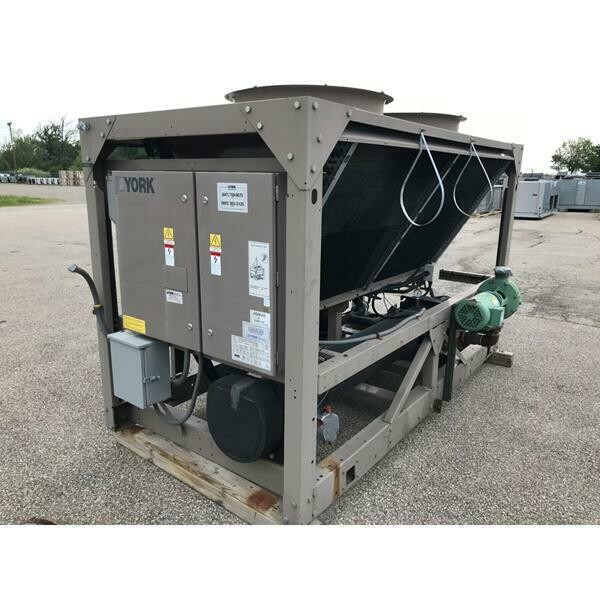There are numerous methods that can be employed to bend hollow tubing, some are used more frequently than others while some are more accurate than others.
Ram bending:
Ram bending is perhaps the oldest and most basic method used to bend a tube; you can see it in action if you were to visit a muffler and tailpipe replacement shop. It is quite simple; a hydraulically driven ram pushes the section of tube against a set of rollers or pivot blocks. The smallest bend radius that can normally be achieved is three to four times the outside diameter of the tube. A ram type tube bender is the least expensive approach but it is extremely difficult to control the outcome. If the cosmetics are important this may not be the right approach.
Compression bending:
This approach makes use of a roller or compression die, this bends the tube around a fixed bend die. The workplace is clamped at the tail end, the roller compresses the tube against the bend die. This method allows a smaller center line radius than is attainable by ram bending, three times the tube OD is attainable.
There may be a slight flattening of the outside surface as the outside of the tube is not supported. Compression bending is frequently used on commercial products such as aluminum lawn furniture, towel bars, etc.
Roll bending:
Roll bending is used for very large fabrications used in heavy construction. Three rolls are positioned in a pyramidal shape, the rolls are normally oriented in a vertical plane but for extremely large sections they can be oriented horizontally. The rolls move, as they do they produce large radii. Depending on the manufacturer of the equipment, the top roll moves down to produce the bend, on other machines the two bottom rolls move up while the upper roller is fixed.



